Page content
History on Display
Peek into early American life through toys and architecture
-
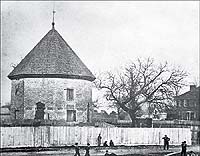
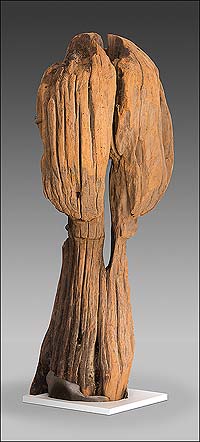
Architectural Clues to 18th-Century Williamsburg
Currently Open in the DeWitt Wallace Decorative Arts Museum
If only walls — and doors, floors and roofs — could talk. Colonial Williamsburg is fortunate to have not only 88 original buildings, but also more than 15,000 architectural fragments that reveal de- tails about the past. A number of these pieces tell their stories in one of the museum’s most recent exhibitions. Think about the 18th-century feet that pounded the stair treads at the Wythe House. Imagine the finial and spire sitting atop the Powder Magazine as events of the Revolution transpired in the town below. These architectural elements were removed because of their fragile condition but preserved because of their importance. Since the 1930s, these pieces have been instrumental in re-creating an accurate picture of the past by providing evidence of how things were made, what they were made of, what color they were painted, and where they were used.
The generous support of Don and Elaine Bogus made this exhibit possible.
-
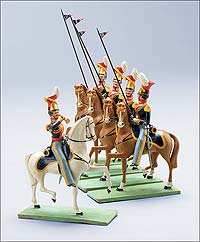
German Toys in America
Opening October 29th at the Abby Aldrich Rockefeller Folk Art Museum
Children had an ever expanding selection of toys in the 19th century, and the majority of these playthings came from Germany. American toy sellers purchased them by the dozens and sold them inexpensively. The Folk Art Collection contains a wonderful illustrated and hand-colored German catalog from around 1840 that features more than 2,000 different toys. The majority were made of wood or papier mâché. German Toys in America will feature this catalog alongside more than 50 toys.
The generous support of Don and Elaine Bogus made this exhibit possible.
-

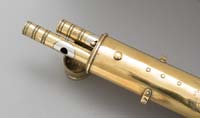
Just Arrived
Only a few military fifes survive from the last part of the 18th century and most are single examples without associated fittings.
Made in England between 1770 and 1800, the examples shown here are a matched pair in different keys and retain their original sheet brass case.
Most military fifes were fashioned of wood, but some British military musicians played brass and silver instruments like these. The carrying case is engraved with the arms of the British United East India Company. Although these fifes were used halfway across the globe, similar sets were likely employed by British musicians during the American Revolution. The fifes and the case will be shown in a forthcoming exhibition at the Art Museums of Colonial Williamsburg.
Their purchase was generously supported by the Mitchell Arms and Military Accoutrements Fund.
-
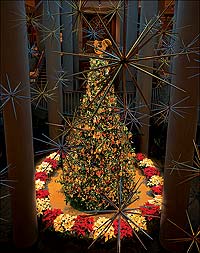
A Decorated Tree
Penny Court
In addition to the variety of exhibitions on view, the Art Museums boast numerous programs and tours for guests to enjoy. The holiday season is an especially great time to discover these special offerings. By December, the 16-foot lighted tree is fully decorated with more than 1,500 handmade ornaments. Each week of December offers opportunities to create your own holiday decorations inspired by the artwork. While at the museum, take in festive seasonal music programs in the Hennage Auditorium and guided tours to explore the art. Check the Holiday Planner for a complete list of all there is to enjoy here.
To learn more about the Art Museums of Colonial Williamsburg, visit history.org/museums.
